#jpl nasa
Photo
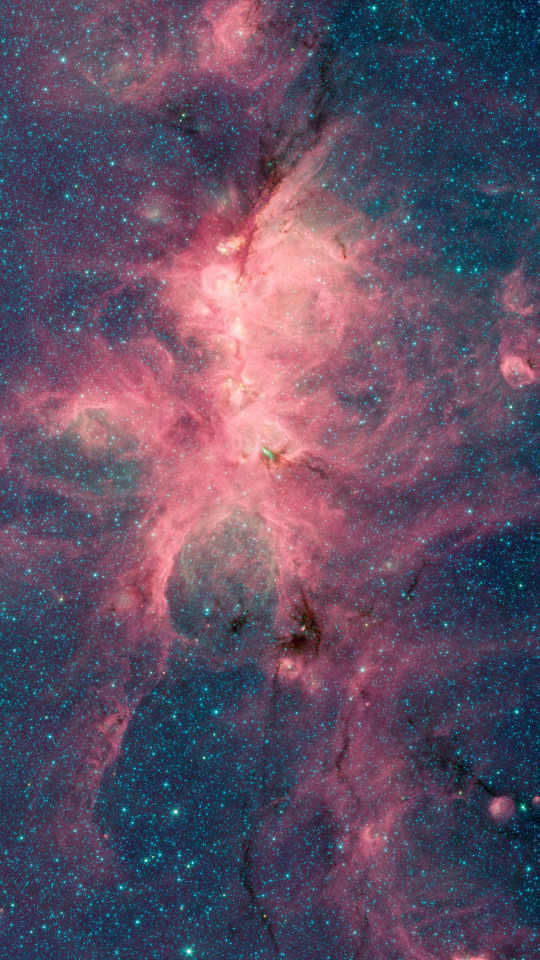
Cat's Paw Nebula | JPL Nasa
#jpl nasa#nasa#nebula#wallpaper#lockscreen#papel de parede#papeis de parede#space#Astronomy#astronomia#espaço
151 notes
·
View notes
Text
﹟ jupiter!

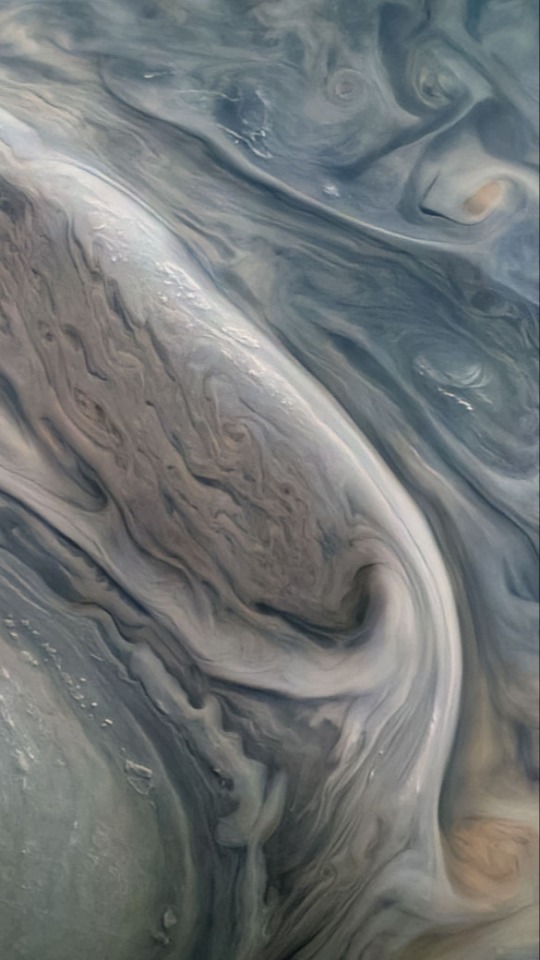
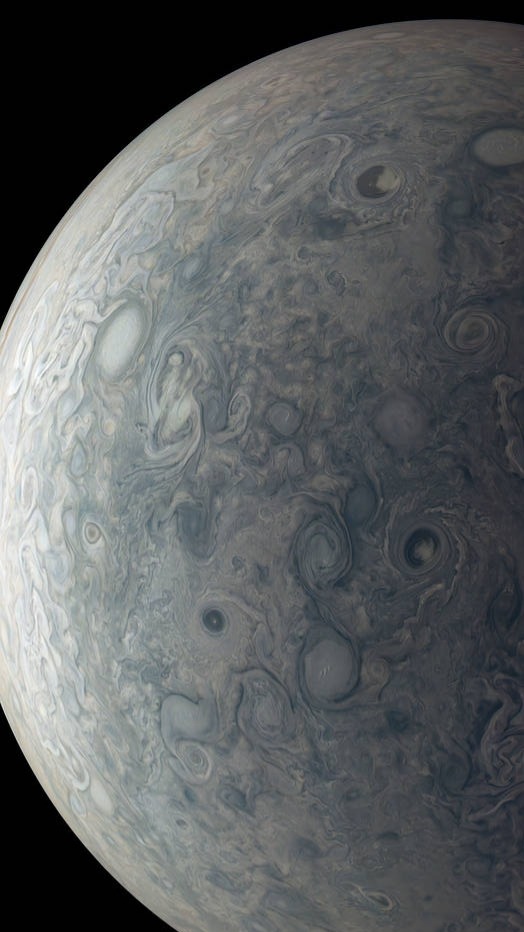

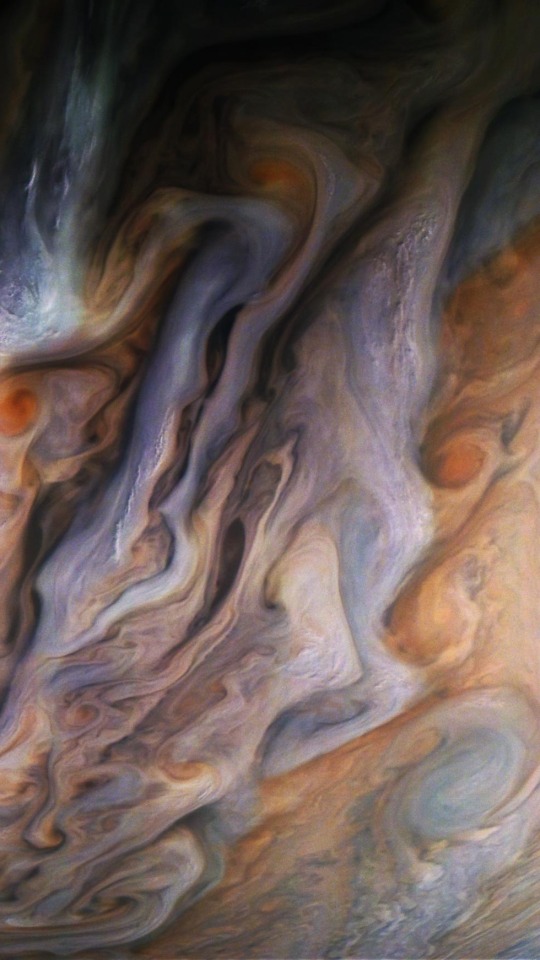




- like or reblog if use/save.
- don't repost.
#lockscreens#nasa#nasa lockscreens#jupiter#planet#photoshoot#juno cam#nasa jpl#jpl#jpl nasa#jupiter rings#jupiter retrograde#jupiter transit#jupiter images#jupiter pictures#jupiter planet#jupiter photos#jupiter art#jupiter storms#jupiter clouds#jupiter moon#space#espaço#planeta#jupter#jupeter#stars
98 notes
·
View notes
Photo
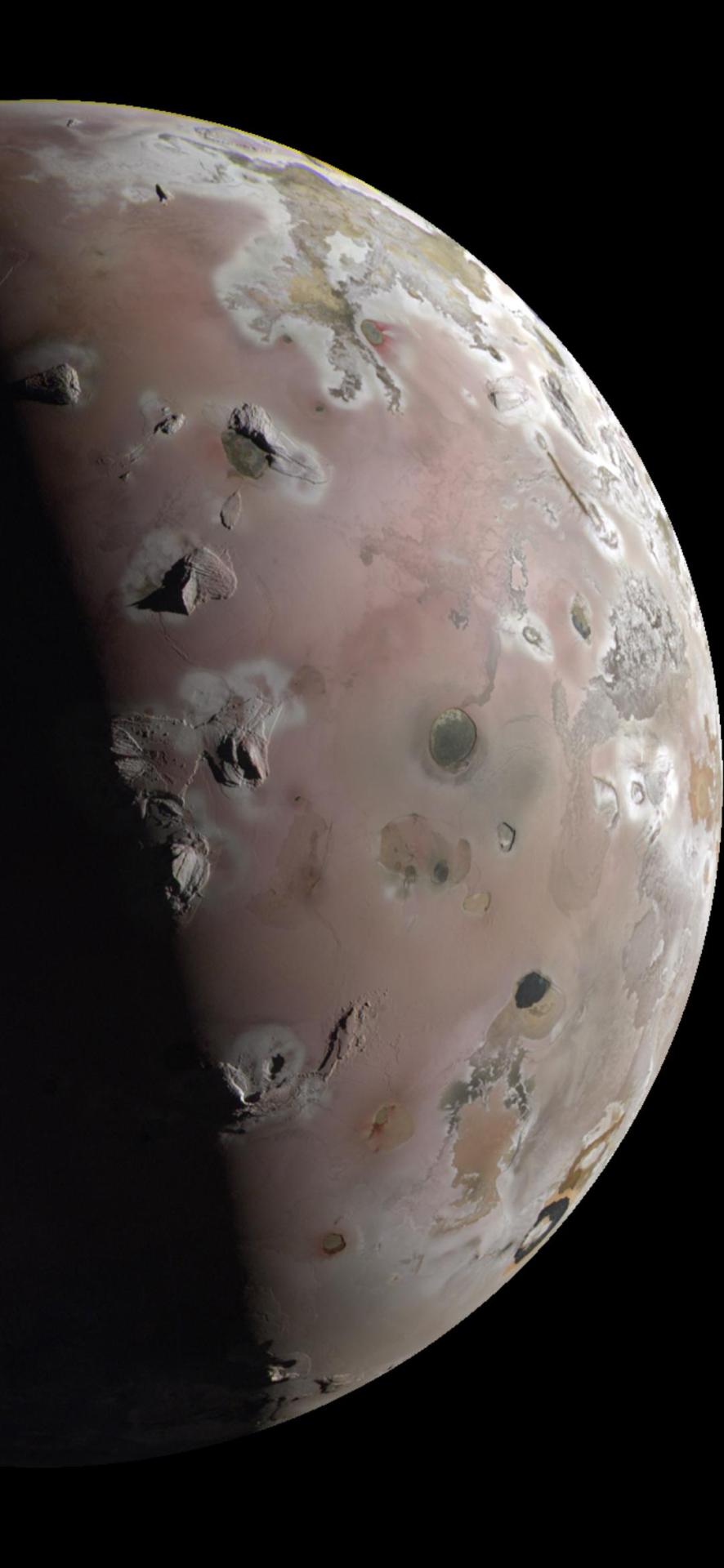
NASA’s Juno Gets a Close Look at Jupiter’s Volcanic Moon Io on Dec. 30, 2023 (via u/enknowledgepedia on r/spaceporn)
#io#jupiter#space#planets#solar system#moon#juno#nasa#nasa jpl#geology#astronomy#spaceporn#enknowledgepedia#reddit#vulcanism#volanos#dec 30 2023#landscape#surface#lunar surface#texture#topography#photography
815 notes
·
View notes
Text

Earth as seen through Saturn's ring(Cassini)
#cassini#earth#saturn#astronomy#astro community#astrophotography#science#cosmos#photography#space#solar system#nasa jpl#nasa#nasa photos
252 notes
·
View notes
Photo
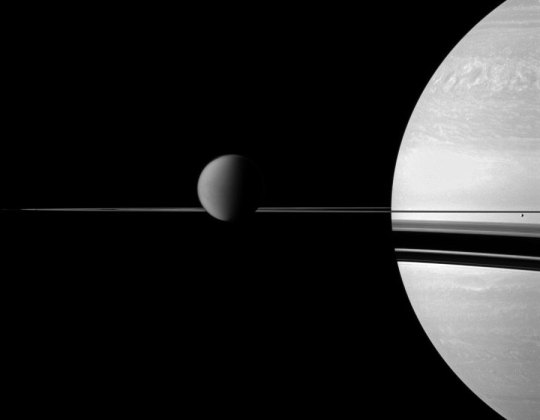
Titan, Rings, and Saturn from Cassini
Credits: Cassini Imaging Team, ISS, JPL, ESA, NASA
369 notes
·
View notes
Text

A Trailblazing Duo:
January 17, 2024 marks the 20th anniversary of Spirit and Opportunity's landing on Mars. The two of Mars Rovers, Spirit and Opportunity, landed on opposite sides of Mars and began exploring the planet. Since their landing, the rovers have sent more than 100,000 high-resolution, full-color images of the planet’s surface. Designed to last just 90 days, they exceeded expectations and changed the way we explore the Red Planet l more at NASA JPL

#space art#mars#Mars rover#Sprit and Opportunity#space#NASA#JPL#20 year anniversary#universe#planets#astronomy#solar system#the Red Planet
259 notes
·
View notes
Text
Aboard the International Space Station, there's a compact lab about the size of a small refrigerator that makes some of the coldest stuff in the universe. It's called the Cold Atom Lab, and for some time, scientists have been using this chamber to research the strange quantum properties of atoms in microgravity. But on Wednesday (Nov. 15), they announced they've reached a milestone.
Operated remotely by a team with NASA's Jet Propulsion Laboratory (JPL) in California, the Cold Atom Lab officially generated a quantum gas containing two species of atoms. This could ultimately open the door for totally new space-based experiments in quantum chemistry.
When thinking about states of matter, gases, liquids, solids and plasmas are the four well known ones — but there's also an exotic fifth state of matter, the Bose-Einstein condensate, that was first discovered in the 1990s.
This state hasn't been found in nature, but scientists can create it. Bose-Einstein condensates are generated in ultracold labs like the Cold Atom Lab, where lasers or magnets help chill a cloud of atoms close to absolute zero, or -459 degrees Fahrenheit (-273 degrees Celsius). That's the coldest temperature possible in the universe. In this state, atoms slow down, their edges blend together, and scientists can observe quantum effects that are usually very hard to investigate.
Continue Reading.
333 notes
·
View notes
Text
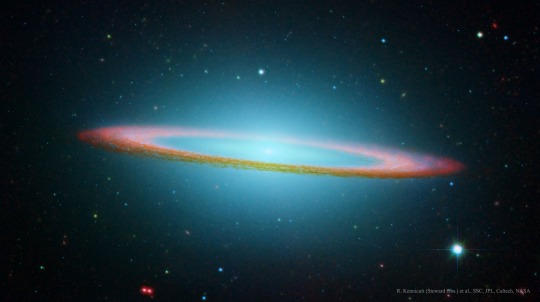
The Sombrero Galaxy in infrared. Image by Robert Kennicutt/NASA JPL
368 notes
·
View notes
Text
The Ingenuity Rover's Helicopter, nicknamed Ginny, is broken and alone

"In this most recent photo of Ingenuity, the dual-rotor 'copter can be seen motionless on a sandy dune in the background, as a barren, rocky Mars landscape fills the foreground.
The photo was taken on Feb. 4, 2024, at 1:05 p.m. local mean solar time, a little over two weeks since it suffered its mission-ending damage.


NASA and JPL's Ingenuity helicopter on the surface of Mars as seen by the Perseverance rover's Mastcam-Z camera on Feb. 4, 2024.
Ingenuity suffered damage to its rotors during a flight on Jan. 18 as it made a landing on a featureless, "bland" patch of sandy Martian landscape. The helicopter usually makes use of landscape features such as rocks to help it navigate, but its 72nd flight found the drone without visual cues.
The Jet Propulsion Laboratory (JPL) is still analyzing the damage to Ingenuity's blades, but regardless of what JPL finds, the helicopter's mission has officially come to an end now that it's no longer capable of flight.
Ingenuity landed alongside its robotic companion, the Perseverance rover, on Feb. 18, 2021. When it took to the Martian skies in April 2021, Ingenuity made history by conducting the first flight of a powered aircraft on another planet.
The Ingenuity-Perseverance duo has been exploring an area known as Jezero Crater ever since, discovering signs of ancient bodies of water on the Red Planet that may have once harbored life billions of years ago. Ingenuity served as a scout for Perseverance, identifying areas of interest for the rover to explore.
In recent weeks as NASA and JPL have been coming to terms with the end of Ingenuity's groundbreaking mission, agency leaders have praised the helicopter and the teams behind it.
'We couldn't be prouder or happier with how our little baby has done,' said Teddy Tzanetos, Ingenuity Project Manager at JPL, during a livestreamed tribute to the helicopter on Jan. 31. 'It's been the mission of a lifetime for all of us. And I wanted to say thank you to all of the people here that gave their weekends, their late nights. All the engineers, the aerodynamic scientists, the technicians who hand-crafted this aircraft.'
Tiffany Morgan, NASA's Mars Exploration Program Deputy Director, added that Ingenuity leaves behind a legacy that could pave the way for future aerial missions on other worlds.

This image, which shows the shadow of a damaged rotor on NASA's Mars helicopter Ingenuity, was taken after its 72nd and final flight on Jan. 18, 2024 on the Red Planet.
'The NASA JPL team didn't just demonstrate the technology, they demonstrated an approach that if we use in the future will really help us to explore other planets and be as awe-inspiring, as amazing, as Ingenuity has been,' Morgan said during the livestream.
NASA is already developing another drone destined for another world, the nuclear-powered Dragonfly, to someday explore Saturn's largest moon, Titan. The agency expects Dragonfly to launch no earlier than 2028."
#Ingenuity#Ingenuity Rover#ingenuity helicopter#Ginny#Helicopter#Mars Helicopter#Mars Rover#Rover#Mars#NASA#JPL#February#2024#my post
98 notes
·
View notes
Text
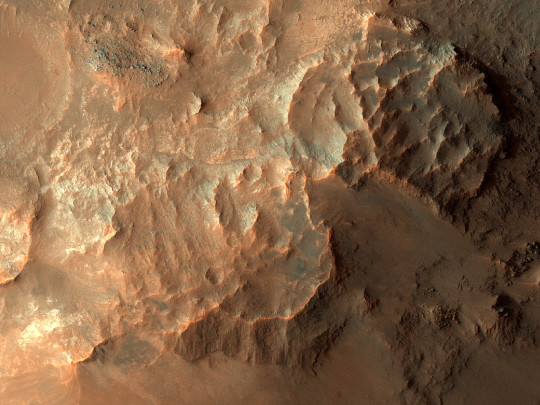
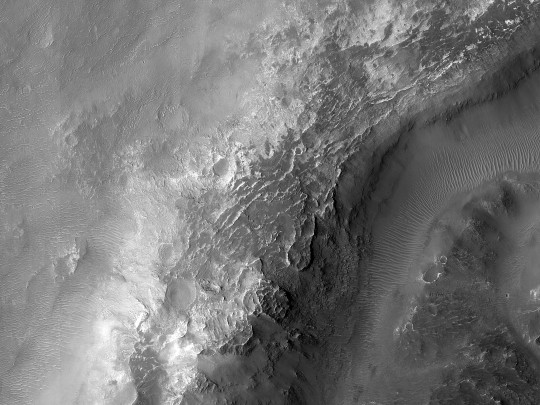
HiPOD 25 Aug 2023: A Possible Clay-Rich Deposit
The nearby Nirgal Vallis locale exposes a clay unit in its valley walls. This observation aims to determine if this unit can be determined elsewhere in the region, such as in excavations in nearby craters. This crater likely has nice bedrock exposures, as visible in THEMIS and Context Camera data, and an overlapping CRISM image indicates a clay exposure.
ID: ESP_074022_1525
date: 12 May 2022
altitude: 257 km
NASA/JPL-Caltech/UArizona
192 notes
·
View notes
Photo

345 notes
·
View notes
Text
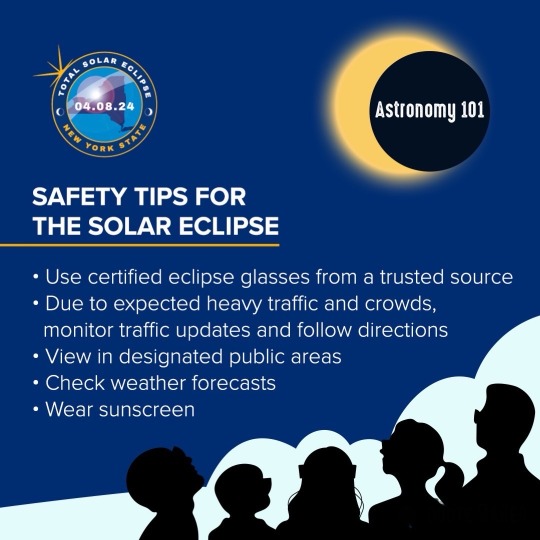
Just a reminder
#solar flare#solar eclipse#2024#nasa photos#nasawebb#astronomy#nasa#astronomers#universe#astrophotography#astrophysics#outer space#hubble space telescope#nasa jpl#nasa picture of the day#astronomy facts#i love astronomy#astrography#astronaut#astro community#astro notes#astro observations#sunshine#moon#space science#space exploration#space#planetary science#science facts#science
61 notes
·
View notes
Text
5 Ways Studying Water Will Help Us Better Understand Earth
Studying our home planet is just as powerful as exploring what’s beyond it.
Surface Water and Ocean Topography (SWOT) is a joint mission developed by NASA and the French space agency Centre National d’Études Spatiales (CNES), with contributions from the Canadian Space Agency and the UK Space Agency. It will track water on more than 90% of Earth’s surface and help communities, scientists, and researchers better understand this finite and vital resource. And it’s launching this month!
So how will SWOT help us better understand Earth? Here are 5 ways.

SWOT will address some of the most pressing climate change questions of our time.
An important part of predicting our future climate is determining at what point Earth’s ocean water slows down its absorption of the excess heat in the atmosphere and starts releasing that heat back into the air, where it could accelerate global warming. SWOT will provide crucial information about this global heat exchange between the ocean and the atmosphere, enabling researchers to test and improve future climate forecasts.
The satellite will also offer insights to improve computer models for sea level rise projections and coastal flood forecasting.
Data from SWOT will additionally help scientists, engineers, water managers, and others better monitor drought conditions in lakes and reservoirs and improve flood forecasts for rivers.

SWOT is the first satellite mission that will observe nearly all water on the planet’s surface.
SWOT will measure the height of water in Earth’s lakes, rivers, reservoirs, and the ocean, giving scientists the ability to track the movement of water around the world.
SWOT’s eye in the sky will provide a truly global view of the water on more than 90% of Earth’s surface, enriching humankind’s understanding of how the ocean reacts to and influences climate change along with what potential hazards – including floods – lie ahead in different regions of the world.

SWOT will see Earth’s water in higher definition than ever before.
Because everything is better in HD 😉, SWOT will view Earth’s ocean and freshwater bodies with unprecedented clarity compared to other satellites, much like a high-definition television delivers a picture far more detailed than older models. This means that SWOT will be able to “see” ocean features – like fronts and eddies – that are too small for current space-based instruments to detect. Those measurements will help improve researchers’ understanding of the ocean’s role in climate change.
Not only will the satellite show where – and how fast – sea level is rising, it will also reveal how coastlines around the world are changing. It will provide similar high-definition clarity for Earth’s lakes, rivers, and reservoirs, many of which remain a mystery to researchers, who aren’t able to outfit every water body with monitoring instruments.
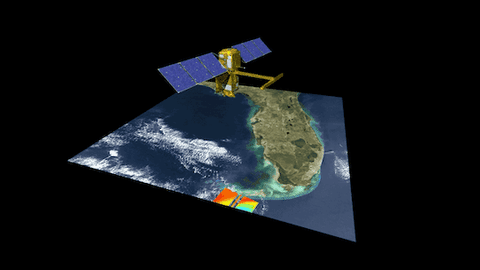
SWOT data will be used to help make decisions about our daily lives and livelihoods.
As climate change accelerates the water cycle, more communities around the world will be inundated with water while others won’t have enough. SWOT data will be used to monitor drought conditions and improve flood forecasts, providing essential information to water management agencies, disaster preparedness agencies, universities, civil engineers, and others who need to track water in their local areas. SWOT data also will help industries, like shipping, by providing measurements of water levels along rivers, as well as ocean conditions, including tides, currents, and storm surges.

Finally … SWOT will pave the way for future Earth missions.
With its innovative technology and commitment to engaging a diverse community of people who plan to use data from the mission, SWOT is blazing a trail for future Earth-observing missions. SWOT’s data and the tools to support researchers in analyzing the information will be free and accessible. This will help to foster research and applications activities by a wide range of users, including scientists, resource managers, and others who in the past may not have had the opportunity to access this kind of information. Lessons learned from SWOT will lead to new questions and improvements for future missions, including our upcoming Earth System Observatory, a constellation of missions focused on studying key aspects of our home planet.

Keep track of the mission here. And make sure to follow us on Tumblr for your regular dose of space!
853 notes
·
View notes
Text

Galactic wreckage in Stephan's quintet
#astronomy#astro community#astrophotography#science#cosmos#photography#space#outer space#galaxies#galaxy cluster#nasa jpl#nasa photos#hubble space telescope
73 notes
·
View notes
Photo

Io in True Color
Credits: NASA, JPL, Galileo Project
264 notes
·
View notes
Text
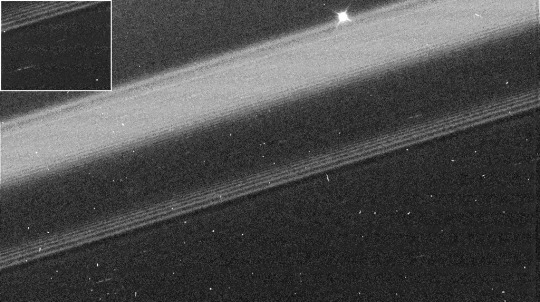
Cassini: Eight new propeller-like features within Saturn's A ring in what may be the propeller "hot zone" (August 20, 2005)
#cassini huygens#cassini#2005#2000s#krakenmare#astronomy#solar system#astrophotography#outer space#nasa jpl#jet propulsion laboratory#nasa#thank you nasa#space#saturn#saturn rings
71 notes
·
View notes